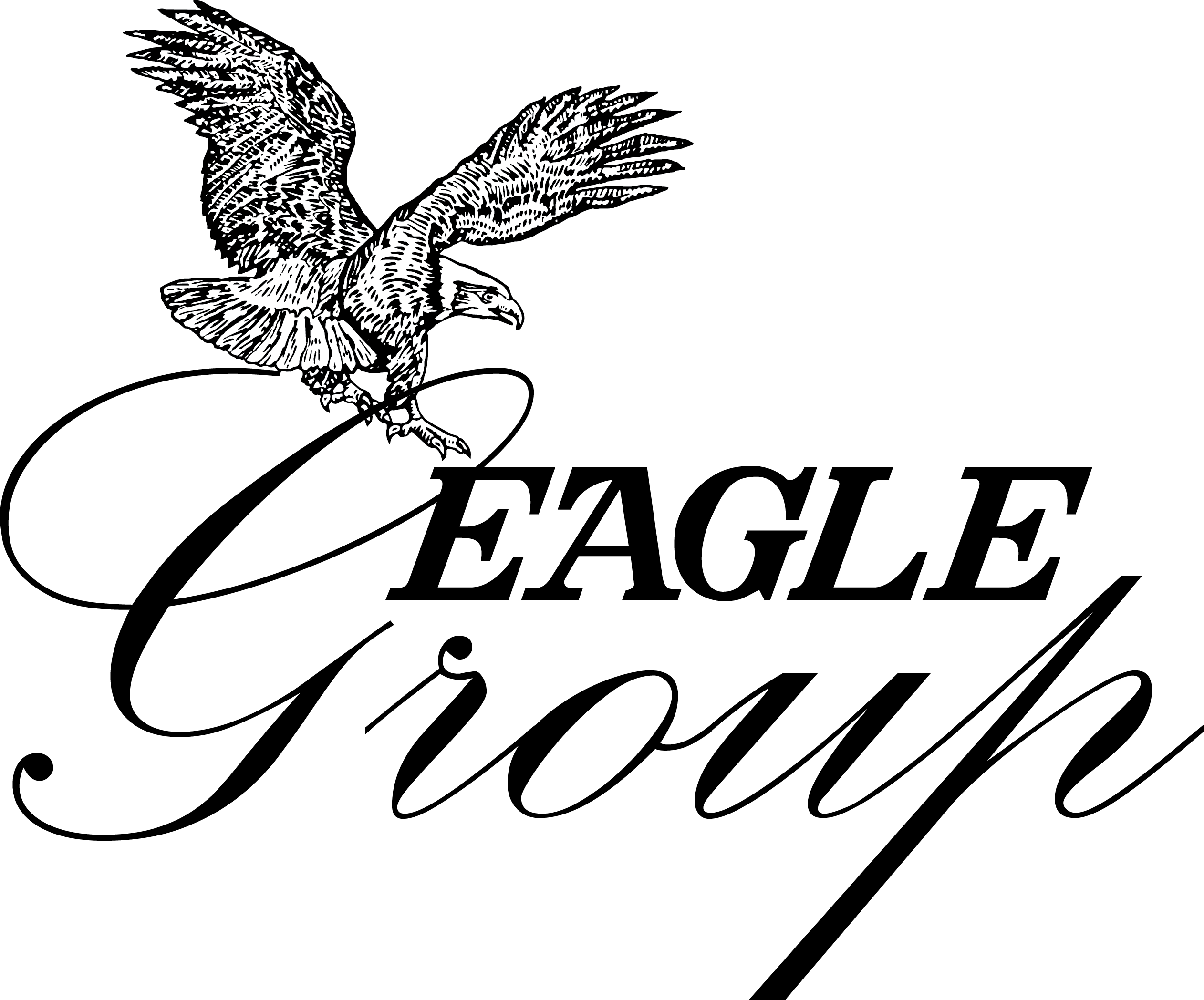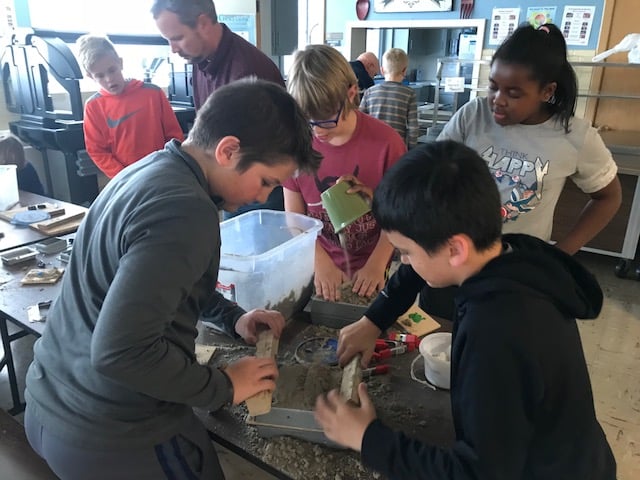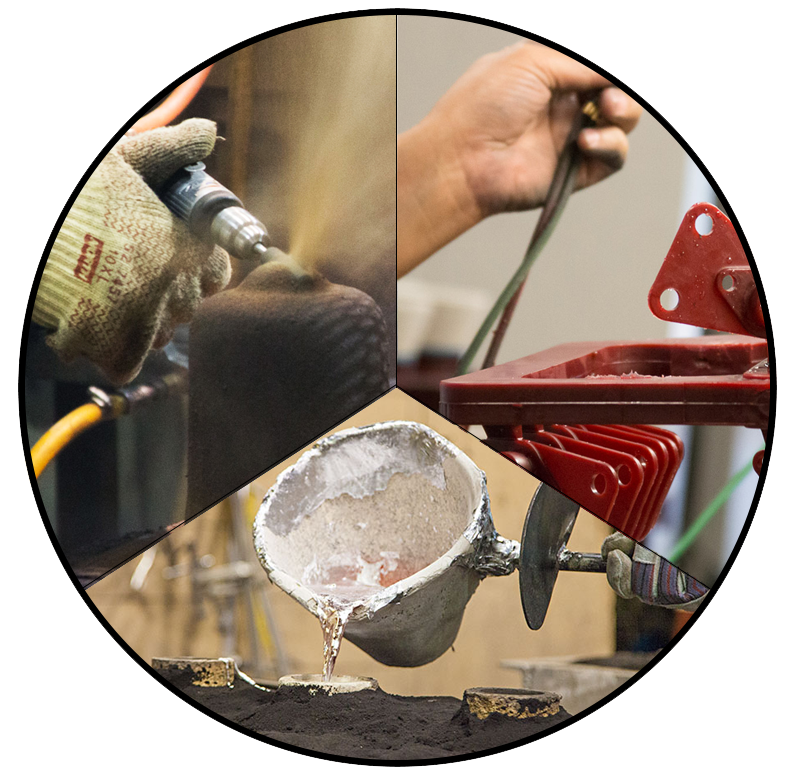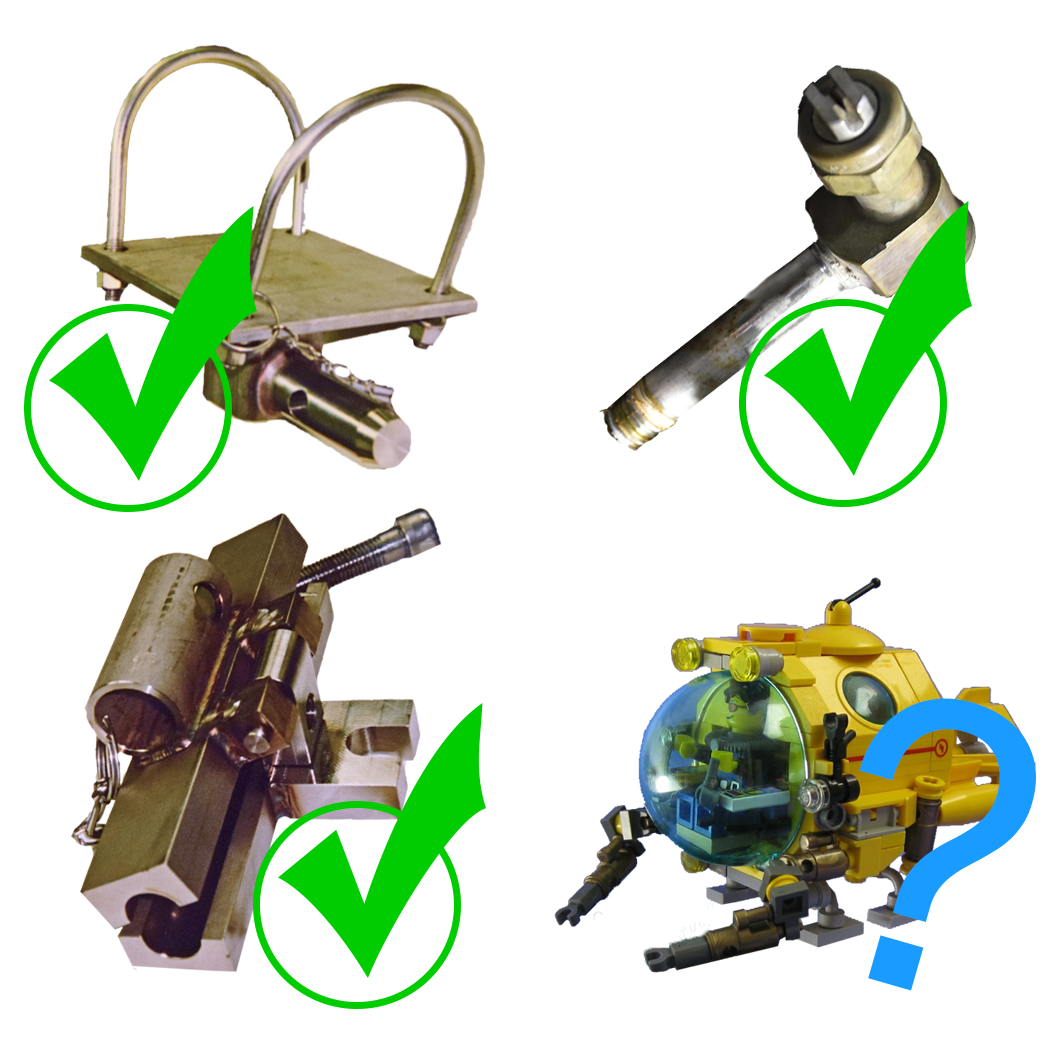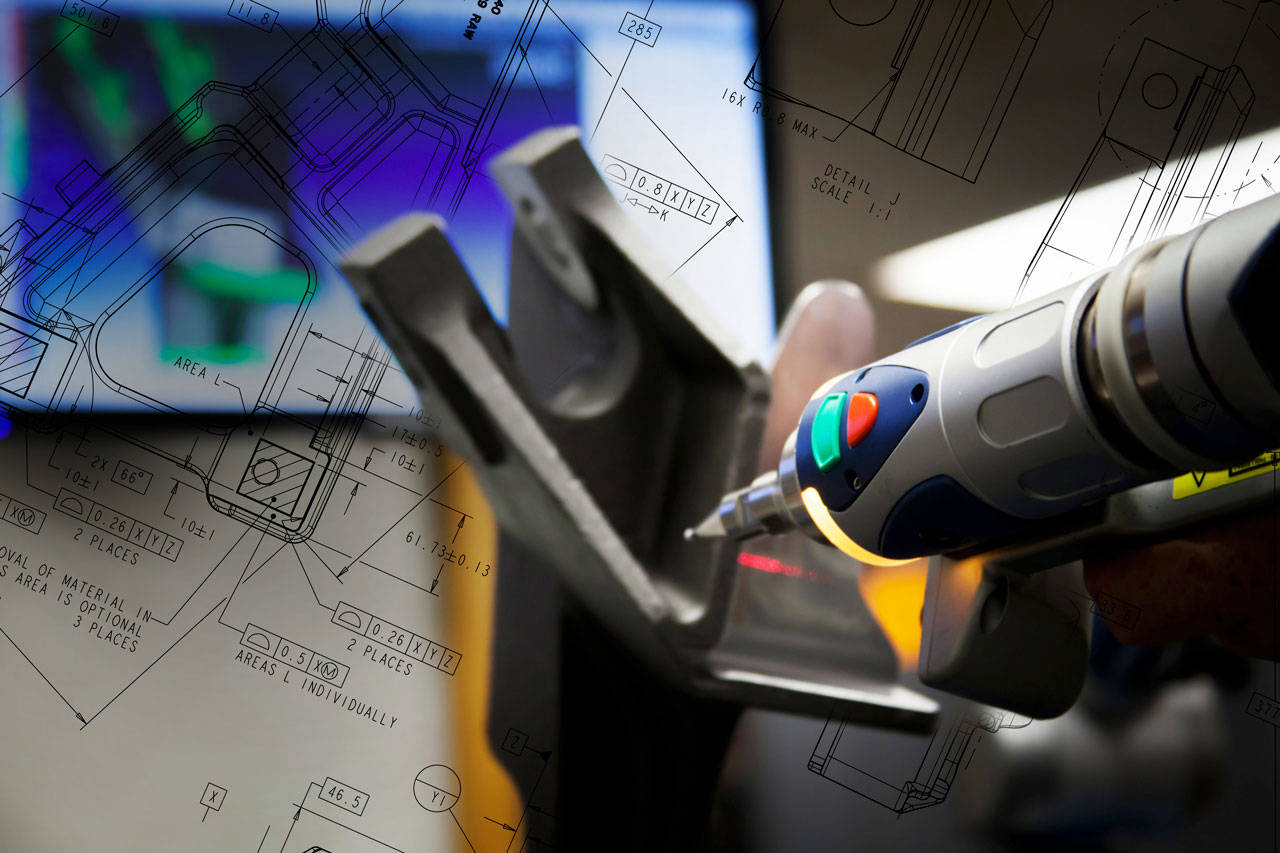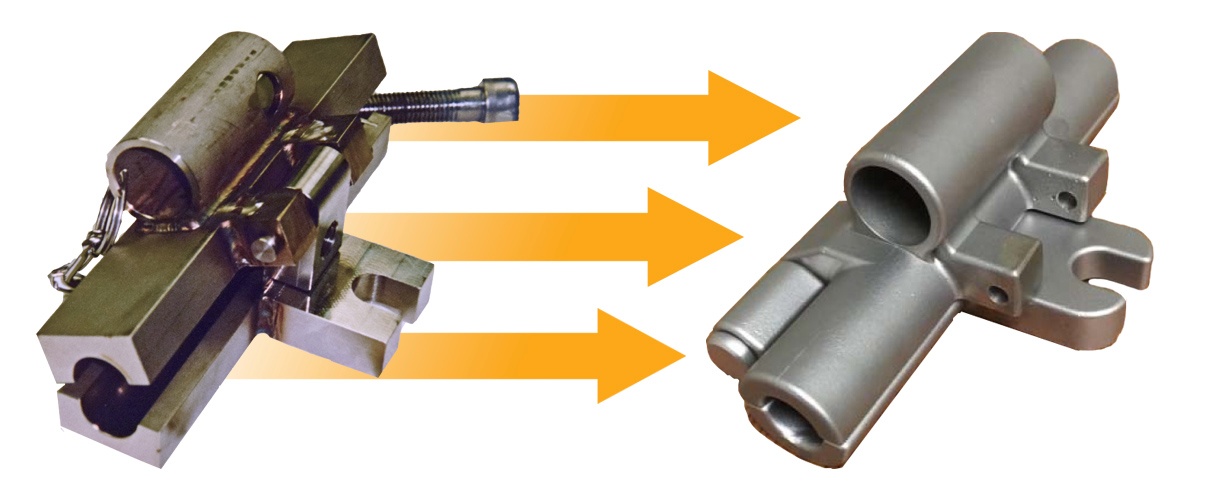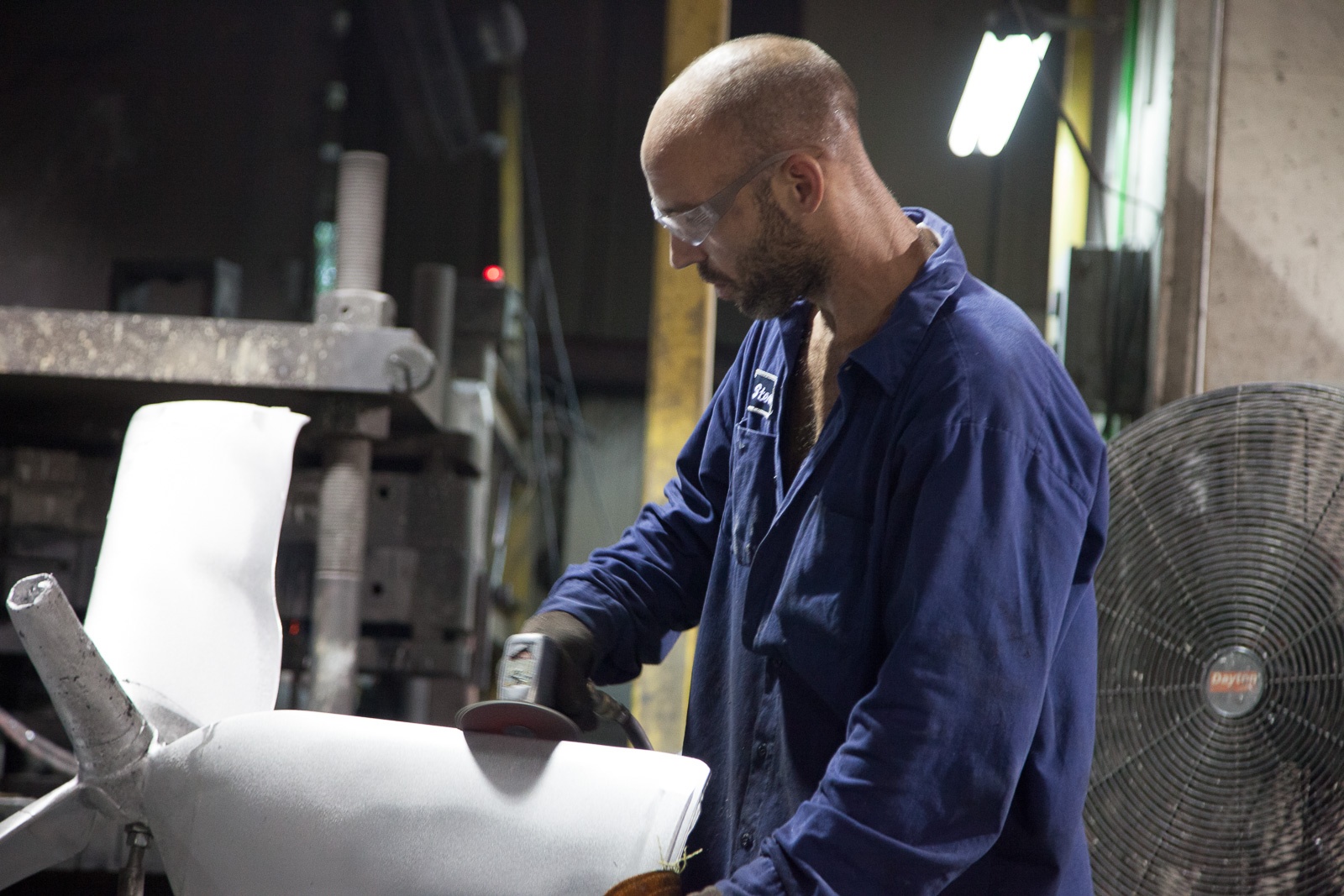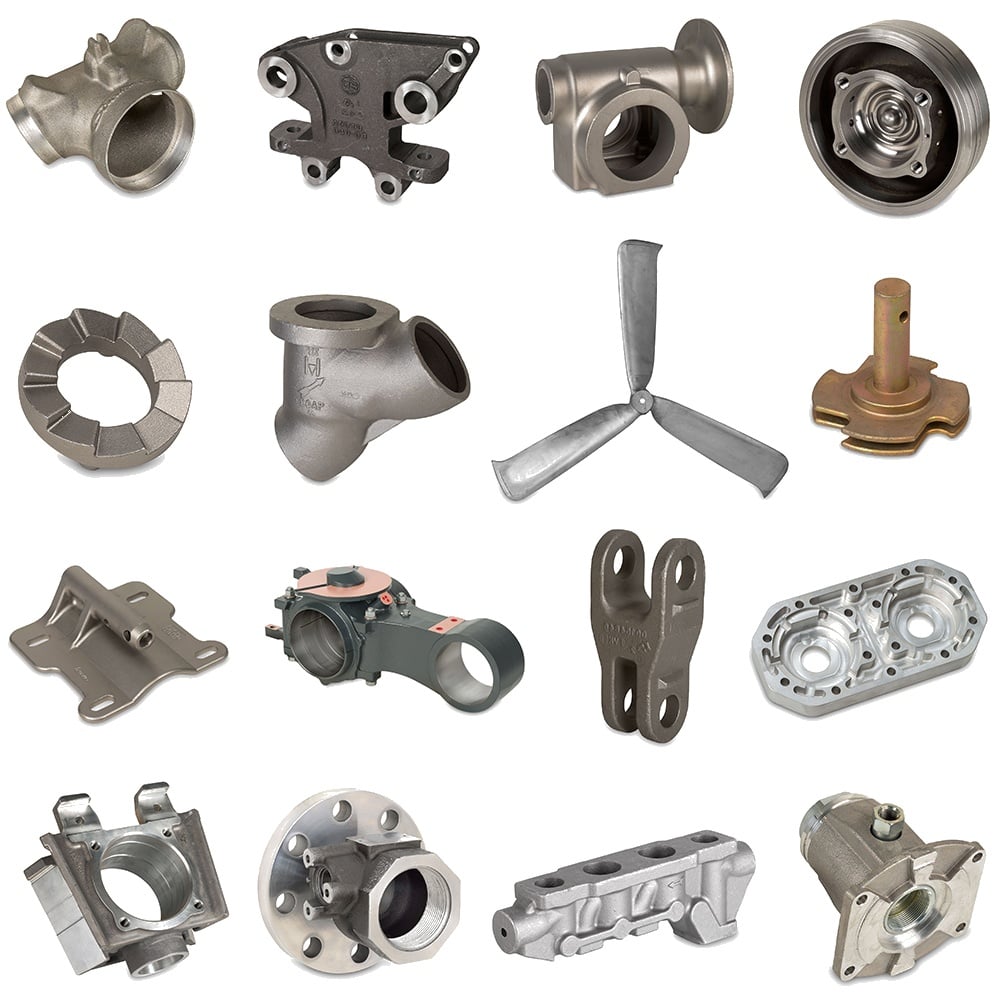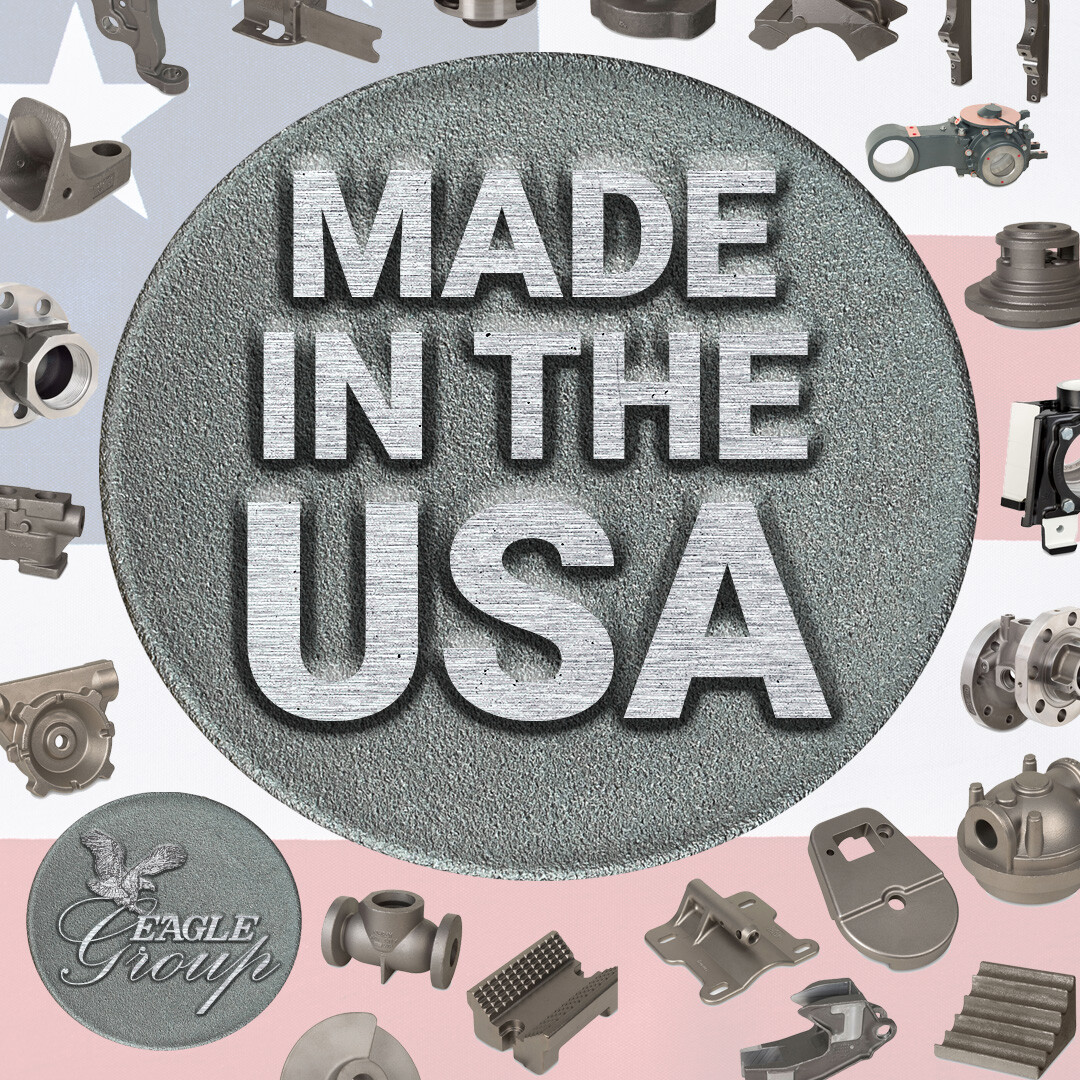Foundry in a Box: Bringing Metalcasting to the Classroom
Ask a group of 5th graders what they want to be when they grow up, and you'll get a long list of answers: firefighter, detective, athlete, musician, astronaut. These (and other top kids' dream jobs) are certainly vital to our society, but as proud and forward-thinking manufacturers, we have to ask: Wouldn't you rather be a metal caster, or a machinist, or a Six Sigma coach?
Maybe the answer is "yes," but the issue is that not many kids have been asked this question. That's where programs like Foundry in a Box come in. Dedicated professionals in the manufacturing industry visit schools and introduce students to the basics of metalcasting, and manufacturing careers, through hands-on projects. Programs like this not only expand students' horizons, but they're also vital to the future of manufacturing in the United States.
Tags: Metalcasting, Foundry in a Box, Education
How Shell Molding Compares to Other Metalcasting Methods
The shell mold process is unique and exhibits many advantages over other metal casting processes, but many people don’t fully understand its benefits.
In this installment of the Introduction to Shell Molding blog series, we will compare and contrast the shell mold process with investment casting and greensand casting methods. It is important to keep in mind that all processes have their own appropriate applications.
Based on your part's needs in terms of tolerances, production volume and surface finish, any one of these processes could be the ideal match.
Tags: Shell Molding, Metalcasting, Processes, Introduction to Shell Molding
How To Tell if Casting Is Right for Your Products
Our recent post on fabrication to casting conversion might have gotten your wheels turning. Now you're wondering, "Could my products benefit by making the switch to casting?"
If you sell, use or otherwise produce fabricated parts, there's a good chance that you could produce them better, cheaper and faster through casting. To help you decide, we've prepared a brief Part Evaluation survey.
Tags: Metalcasting, Processes, Fabrication to Casting, Fab-Casting
7 Essential Metrology Tools for Modern CNC Machine Shops
Metrology is the science of measurement. In CNC machining, principles of metrology need to be applied throughout the production process to ensure that each part is machined to the right size and shape, in accordance with specified tolerances.
It’s simple enough to take a ruler or a measuring tape and mark out inches or millimeters. But measuring dimensions of CNC machined parts – many with tolerances tighter than +/- .001 inch – is a whole other ball game. When you’re dealing with measurements that small, you need to have sophisticated measuring tools, and the knowledge to use them.
Tags: Machining, CNC Machining, Metrology
All About Al: Crash Course in Aluminum History
Aluminum is the third most common element on our planet. It’s by far the most abundant metal, and it’s also one of the most versatile.
Aluminum is light, strong, flexible and corrosion resistant. It can also be shaped relatively easily, in both a solid and molten state, and can be stamped to widths thinner than the human hair.
You’ll find aluminum in everything from buildings to cars, from Pepsi cans to laptops, and from power lines to bullet trains. But where does this one-of-a-kind metal come from, and how did it get to be so widely used?
Tags: Metalcasting, Aluminum Casting, Aluminum, Materials, All About Al
One Part's Journey from Fabrication to Casting
It all started on a routine facility tour
While touring a client’s facility, representatives of Eagle Precision Cast Products noticed a cable clamp assembly–a relatively complex fabricated part that they believed would be an excellent candidate for fabrication to casting conversion.
Tags: Metalcasting, Processes, Fabrication to Casting, Fabrication, Fab-Casting, Investment Casting, Case Study
3 Ways Lean Manufacturing Lowers Casting Costs
Looking to lower the cost of your casting purchases? The key is to find a foundry that incorporates lean manufacturing principles into the process. These three principles can be applied to manufacturing castings, driving down costs significantly:
- Castability
- Bottleneck Solutions
- Optimizing Cycle Time
Tags: Lean Manufacturing, Metalcasting, Buyer's Guide, Purchasing Cast Products
8 Key Metals Used in Casting
We're here to talk about METAL
No, not that kind of metal–actual metal, like the kind that your car is made out of, that replaced your uncle's bad knee, that holds up the skyscrapers downtown, that keeps cruise ships afloat, that built the rocket that catapulted the telecom satellite into space so you can have an internet connection, that makes up that satellite...
A lot of things are made out of metal. You get the idea.
Tags: Materials, Metals, Metal Properties
3 Quick Tips for Buying Cast Parts
Whether you're looking to produce a new product or save money on products you're already manufacturing, cast parts can be a great option. Metalcasting has been around for over 5,000 years, and today's processes, along with cnc machining, can produce just about any part imaginable.
Tags: Metalcasting, Machining, Buyer's Guide, Tips
5 Reasons American Manufacturing of Cast Products Can’t Be Replaced
This blog was updated on July 16, 2024.
You might have heard from politicians, journalists and even investors that American manufacturing is on the decline. There have been claims that globalization has weakened domestic manufacturing (1) and that businesses will continue outsourcing to low-cost countries. Some people even go so far as to say that manufacturing jobs won't be an option within a generation or two. But you know what? They’re wrong.
Those who currently work in the American manufacturing industry understand that this outlook—that manufacturing is on the decline—is far from the truth. In reality, an increasing number of American manufacturers are coming back to the U.S. from lower cost countries. They recognize the cost advantages diminish as other risks associated with low-cost countries increase.
Manufacturing in the U.S. reduces risks significantly and is an attractive option for keeping operations domestic, with numbers to back it. The United States currently has a thriving manufacturing sector, with an annual output of more than $4 trillion (2). Manufacturing in the United States is thriving and will be for a long time to come.
Below are five key reasons why American manufacturing of cast products can’t be replaced.
